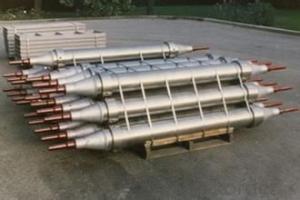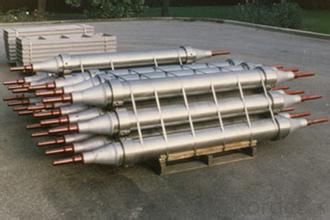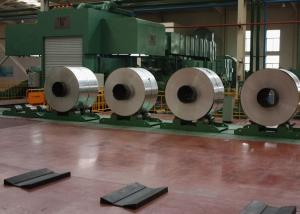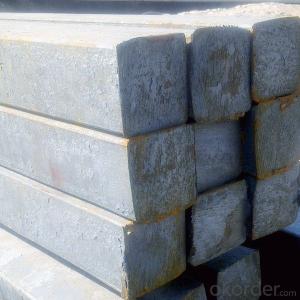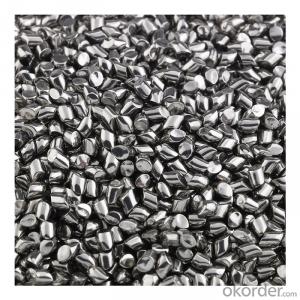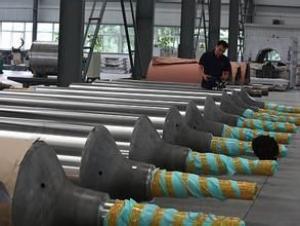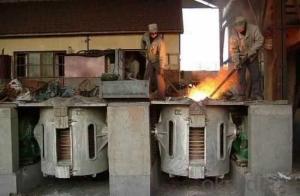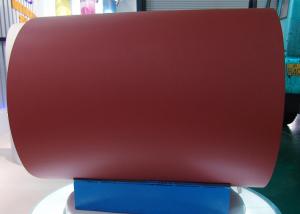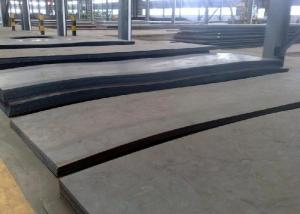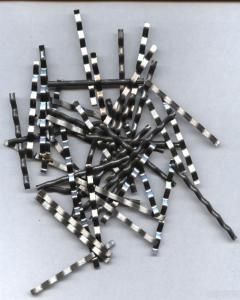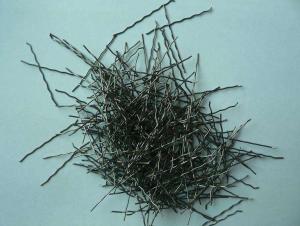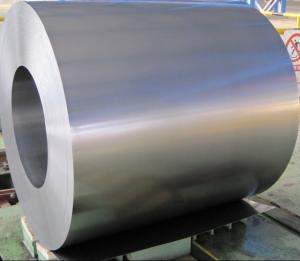Bidragon Less Auxiliaries reheat furnace for rolling mill
- Loading Port:
- Tianjin
- Payment Terms:
- TT OR LC
- Min Order Qty:
- 1000 PCS
- Supply Capability:
- 10000 PCS/month
OKorder Service Pledge
OKorder Financial Service
You Might Also Like
Quick Details
| Condition: | New | Type: | Usage: | Heat Treatment Furnace | |
| Place of Origin: | Brand Name: | Bidragon | Model Number: | BD annealing furnace | |
| Voltage: | 380V | Power(W): | 167KW | Dimension(L*W*H): | customized |
| Weight: | 860KG | Certification: | ISO | Warranty: | one year |
| After-sales Service Provided: | Engineers available to service machinery overseas | Power: | 20kw-300kw | tell: | 0086-372-2190222 |
| email: | sales2015 at biboiler dot com | Furnace Specification: | d 0.1 to 3.0mm width 150 1500mm | model: | BD annealing furnace |
| annealling furnace: | high vacuum | Max. Temperature: | 1100°C | Working Temperature: | 1050°C (for 304 Stainless steel) |
| skype: | bidragon2015 | Product name: | bidragon less auxiliaries reheat furnace for rolling mill |
Packaging & Delivery
| Packaging Detail: | plywood or nude package |
| Delivery Detail: | 7 days after payment |
Specifications
bidragon less auxiliaries reheat furnace for rolling mill
1.vacuum annealing furnace.
2.high vacuum.
3.high temperature
bidragon less auxiliaries reheat furnace for rolling mill
Product Description
1. Application of reheat furnace
It is applicable for the continuous anneal of different material, such as the copper straight pipe/stick, aluminum tube, steel tube, plates parks, etc.
2. Consist parts of reheat furnace
This equipment is mainly composed of the following parts:
transmission system
heating system
cooling system
control system
ammonia decomposition gas supply system
3. Main features:
Continuous heating: doing preheating, heating, temperature-saving, cooling for product continuously, without any limit of the product length.
Stable and reliable: the annealing furnace adopts roller type transmission with frequency control of motor speed, stable and reliable.
Uniform temperature: the hot atmosphere circulation ensures temperature uniform, which makes product very bright.
Unique design: unique design of the cooling zone ensures product cooling homogeneity. The furnace body adopts steel frame structure.
High efficiency: after annealing process, the product furnace will be very light and bright.
Automatic sealing: connection between furnace door and furnace body is automatic sealing, which ensures the machine working safely with high efficiency.
Interlock protection device: the electric fueled annealing furnace equipped with interlock protection device, it can prevent mistake due to wrong operating. Safety and reliable.
Intelligent PID automatic control: the electric annealing furnace adopts intelligent PID data display to control furnace temperature, ensuring the temperature uniform and saving 30% energy.
- Q: How is steel plate formed into seamless pipes?
- Steel plate is formed into seamless pipes through a process called piercing and rolling. In this process, the steel plate is first heated and then pierced to create a hollow tube. The pierced tube is then elongated and shaped using a series of rollers to achieve the desired dimensions and thickness. This seamless pipe manufacturing method ensures a uniform and continuous structure without any welded seams.
- Q: What are the different types of steel storage systems used in warehouses?
- Some common types of steel storage systems used in warehouses include pallet racking systems, cantilever racks, drive-in racks, and mezzanine systems. Pallet racking systems are versatile and allow for efficient storage of palletized goods. Cantilever racks are ideal for storing long and bulky items such as pipes and lumber. Drive-in racks are designed for high-density storage, allowing forklifts to drive directly into the racks. Mezzanine systems provide additional floor space by creating a raised platform above the existing floor.
- Q: What are the different types of steel reinforcing bars?
- There are several different types of steel reinforcing bars, including deformed bars, plain bars, epoxy-coated bars, stainless steel bars, and galvanized bars. Deformed bars have ridges or patterns on their surface to enhance bonding with concrete. Plain bars have a smooth surface and are typically used in low-stress applications. Epoxy-coated bars have a protective layer of epoxy coating to prevent corrosion. Stainless steel bars are resistant to corrosion and are often used in environments with high moisture or chemical exposure. Galvanized bars have a layer of zinc coating for corrosion protection and are commonly used in coastal areas.
- Q: What are the different methods of joining steel components together?
- There are several methods of joining steel components together. These include welding, which involves melting the edges of the components and fusing them together; bolting, where the components are held together using screws or bolts; riveting, which involves joining the components using metal pins called rivets; and adhesive bonding, where a strong adhesive is used to bond the components together.
- Q: How is steel rebar used in concrete construction?
- Steel rebar is used in concrete construction to provide reinforcement and strength to the concrete structures. It is typically placed within the concrete forms before pouring, forming a framework that helps to distribute the load and prevent cracking or failure. The rebar enhances the tensile strength of the concrete, allowing it to withstand greater forces and improve the overall durability and longevity of the structure.
- Q: What are the applications of steel gratings in wastewater treatment plants?
- Steel gratings are commonly used in wastewater treatment plants for various applications. They are primarily used as walkways and platforms to provide safe access for workers and maintenance personnel. Steel gratings are also installed as covers for open channels and trenches, preventing accidental falls and ensuring the safety of workers. Additionally, these gratings are used as screens and filters to separate solid waste and debris from the wastewater, allowing for efficient treatment processes. Overall, steel gratings play a crucial role in enhancing safety, accessibility, and functionality within wastewater treatment plants.
- Q: How are steel products used in the construction of power plants?
- Steel products are extensively used in the construction of power plants due to their strength, durability, and resistance to extreme conditions. They are employed in various applications such as the fabrication of structural frameworks, support beams, and platforms, as well as for the construction of pressure vessels, pipelines, and storage tanks. Steel is also used in the manufacturing of turbines, generators, and other equipment essential for power generation. Overall, steel products play a crucial role in ensuring the stability, safety, and efficiency of power plants.
- Q: How are steel products used in the water treatment industry?
- Steel products are used in the water treatment industry for various purposes such as constructing water treatment plants, pipelines, and storage tanks. Steel's durability and resistance to corrosion make it an ideal material for ensuring the integrity and longevity of these structures. Additionally, steel screens and filters are used to remove impurities and contaminants from water sources, contributing to the overall efficiency and effectiveness of the water treatment process.
- Q: What are the safety considerations when working with steel products?
- When working with steel products, some important safety considerations include wearing appropriate personal protective equipment (PPE) such as gloves, safety glasses, and steel-toed boots to protect against cuts, burns, and impact injuries. It is also crucial to maintain a clean and organized workspace to prevent slips, trips, and falls. Additionally, workers should be trained on proper handling techniques to avoid strains or musculoskeletal injuries. Adequate ventilation and respiratory protection should be provided when necessary to protect against fumes and dust. Regular maintenance of tools and equipment is essential to prevent accidents and ensure optimal performance. Finally, following established safety protocols and guidelines, as well as being aware of potential hazards and risks associated with working with steel products, is vital for a safe working environment.
- Q: How do steel products contribute to sustainability and environmental protection?
- Steel products contribute to sustainability and environmental protection in several ways. Firstly, steel is a highly durable material, allowing products made from it to have a longer lifespan and reducing the need for frequent replacements. This helps conserve resources and reduce waste. Additionally, steel is 100% recyclable, meaning it can be reused indefinitely without losing its properties. Recycling steel reduces the demand for raw materials and lowers energy consumption and greenhouse gas emissions associated with its production. Furthermore, steel is used extensively in renewable energy infrastructure, such as wind turbines and solar panels, contributing to a cleaner and more sustainable energy mix. Overall, steel products play a crucial role in promoting a circular economy and minimizing the environmental impact of various industries.
Send your message to us
Bidragon Less Auxiliaries reheat furnace for rolling mill
- Loading Port:
- Tianjin
- Payment Terms:
- TT OR LC
- Min Order Qty:
- 1000 PCS
- Supply Capability:
- 10000 PCS/month
OKorder Service Pledge
OKorder Financial Service
Similar products
Hot products
Hot Searches
Related keywords
